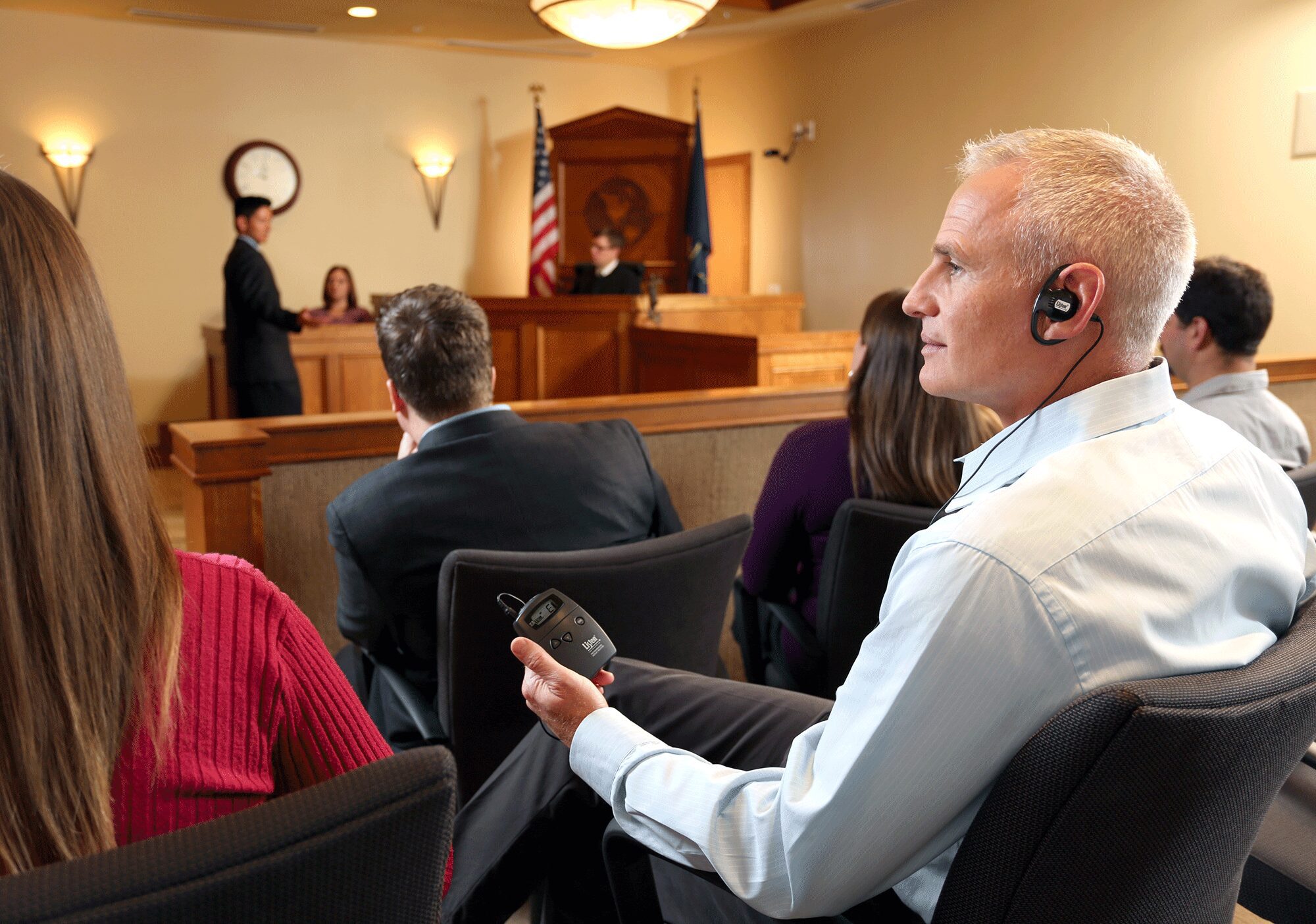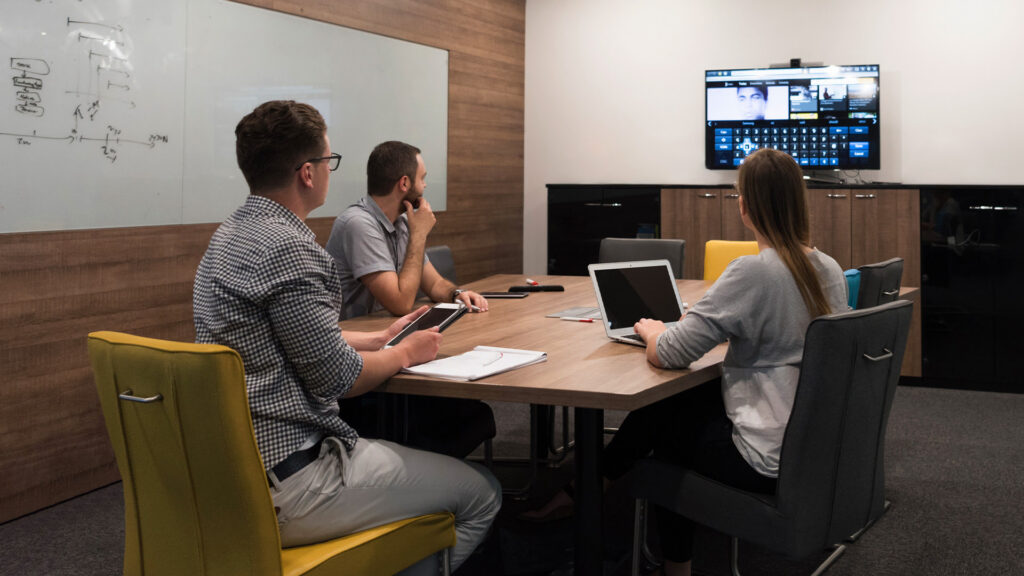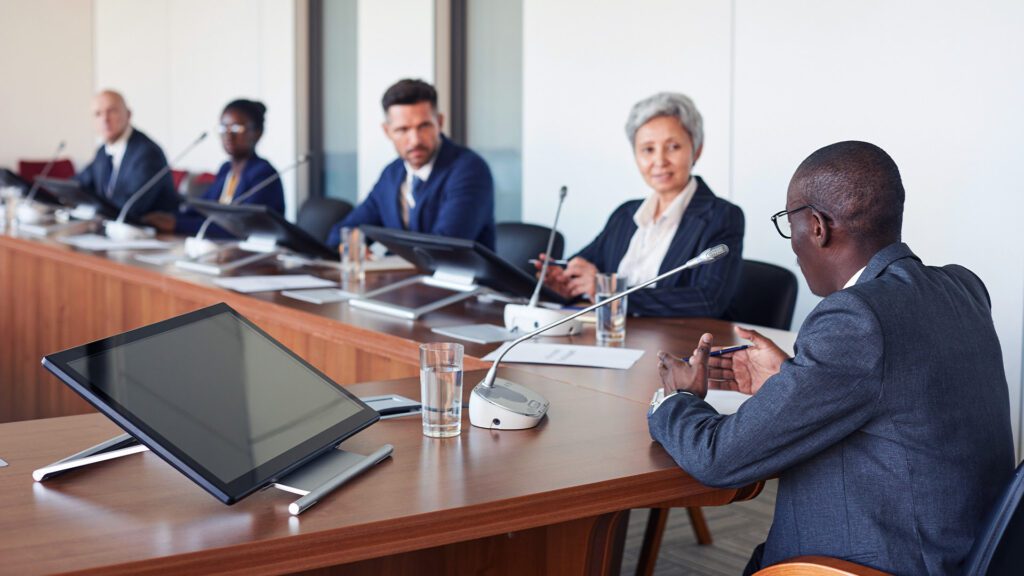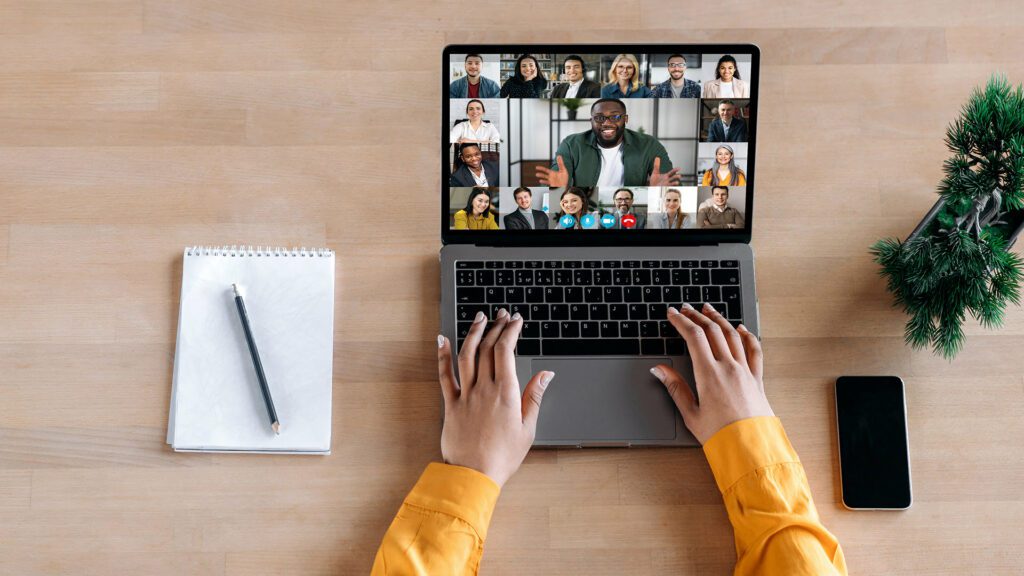Is your company AODA compliant?
Different real time communications technologies, (audio, video, content, and interactive whiteboarding), can be combined in unique ways to suit each collaborative situation. A collaborative session is like a spinning top made of varying amounts of each of these four technologies. The tops may be different shapes and sizes, each top suiting the needs of the participants in the collaborative meeting, but the point of the top is always the audio technology. If there is no audio, there is no real time collaboration session – the top will not spin.
Audio technology is often taken for granted. Even though it is the most fundamental of the conferencing technologies it often gets the least focus. Audio technology has been compromised ever since mobile phone technology has become ubiquitous and more prevalent than landlines. Why? Because a mobile phone call gets packed into an 8kbps call.
A digital music file compressed into 128 kpbs sounds pretty good, however, at 64 kbps the fidelity drops off significantly and a 32 kbps song is hardly worth listening to. An 8kbps voice call, which people have become accustomed to, does not provide good audio quality.
Why do we put up with this inferior audio quality? For the convenience that the mobile phone gives us. We sacrifice a lot of audio quality for mobile convenience, but good audio in a conference call is fundamental. It is often the difference between communicating and not communicating.
You can get the right technology to make the audio portion of your conferencing better, so people can hear what is being said properly – better communication.
Hearing Impairment
Our world can be challenging for the hearing impaired. According to the Canadian Hearing Society, hearing loss is becoming more and more prevalent:
- Nearly 1 out of every 4 adult Canadians reports having some hearing loss
- Hearing loss is the third most prevalent chronic condition in older adults and the most widespread disability. Its prevalence rises with age – 46% of people aged 45 to 87 have hearing loss
- Aging is the number one cause of hearing loss and the incidence of hearing loss is poised to climb dramatically as our population ages
You can get the right technology to make the audio portion of your meeting places better, so hearing impaired people can hear what is being said properly – accessible communication.
Legally, you don’t have a choice.
Equip your organization with the necessary formats for accessible communication
The Accessibility for Ontarians with Disabilities Act (AODA) recognizes the history of discrimination against persons with disabilities in Ontario and aims to implement and enforce standards to achieve accessibility for Ontarians with disabilities. This includes providing tools necessary for persons with hearing disabilities to be able to attend and/or participate when in an assembly area.
The 2012 International Building Code states, “Each assembly area where audile communications are integral to the use of the space shall have an assistive listening system.”
An assembly area is defined as any space where people gather, whether it’s a boardroom, a banquet hall, or a classroom.
When the AODA was passed its goal was to make Ontario a more accessible province to all people with disabilities by 2025. As part of this act every obligated organization will be required to provide accessible formats of communication to persons with disabilities upon request.
So what does this mean for your company?
First, you must determine by what date your company must be AODA compliant.
| Affected Organization | Compliance Dates |
| Government of Ontario and Legislative Assembly | January 1st, 2014 |
| Designated public sector organizations with 50+ employees | January 1st, 2015 |
| Designated public sector organizations with 1-49 employees | January 1st, 2016 |
| Private and not-for-profit organizations with 50+ employees | January 1st, 2016 |
| Private and not-for-profit organizations with 1-49 employees | January 1st, 2017 |
At this point the Government of Ontario and the Legislative Assembly must already be AODA compliant as well as designated public sector organizations with 50+ employees. As stated in the table above designated public sector organizations with 1-49 employees will be the next group that must get up to date with their accessibility provisions and lastly private and non-profit organizations.
Assistive Listening Systems or Devices help to reduce background noise and compensate for distance from the sound source and are specifically of great value to persons of varying degrees of hearing loss when present in a space of assembly, be it a government institution (i.e. courtroom) or an organization’s conference room.
ET Group offers the ListenRF, ListenIR, ListenLoop and ListenWiFi systems that provide the flexibility for any person to adapt to a wide range of meetings.
The ListenRF system is great for large and small boardrooms. It is on an FM frequency and allows anyone with a receiver tuned to that frequency within a certain distance to connect to the transmitter.
On the other hand the ListenIR system is most effective for closed spaces where private conversations are held such as courtrooms and private boardrooms. With the ListenIR system only receivers that are in the line of sight of the transmitter will connect so that no one outside the room with a receiver will be able to hear what is being said.
The ListenLoop is a great system for stadiums, schools, auditoriums, places of worship and other place where large groups of people gather. With the ListenLoop you create a virtual boundary where anyone with existing hearing aids that support T-Coil technology will be able to connect.
Lastly the ListenWiFi provides you with all the same benefits of the ListenRF system but it is more secure and can host more channels.
Having an Assistive Listening System may be the law but it is also the right thing to do. Make sure that anyone and everyone that comes to your assembly areas are given the opportunity to have the best experience possible.
Contact ET Group today to find out which assistive listening system would be best for your organization.







